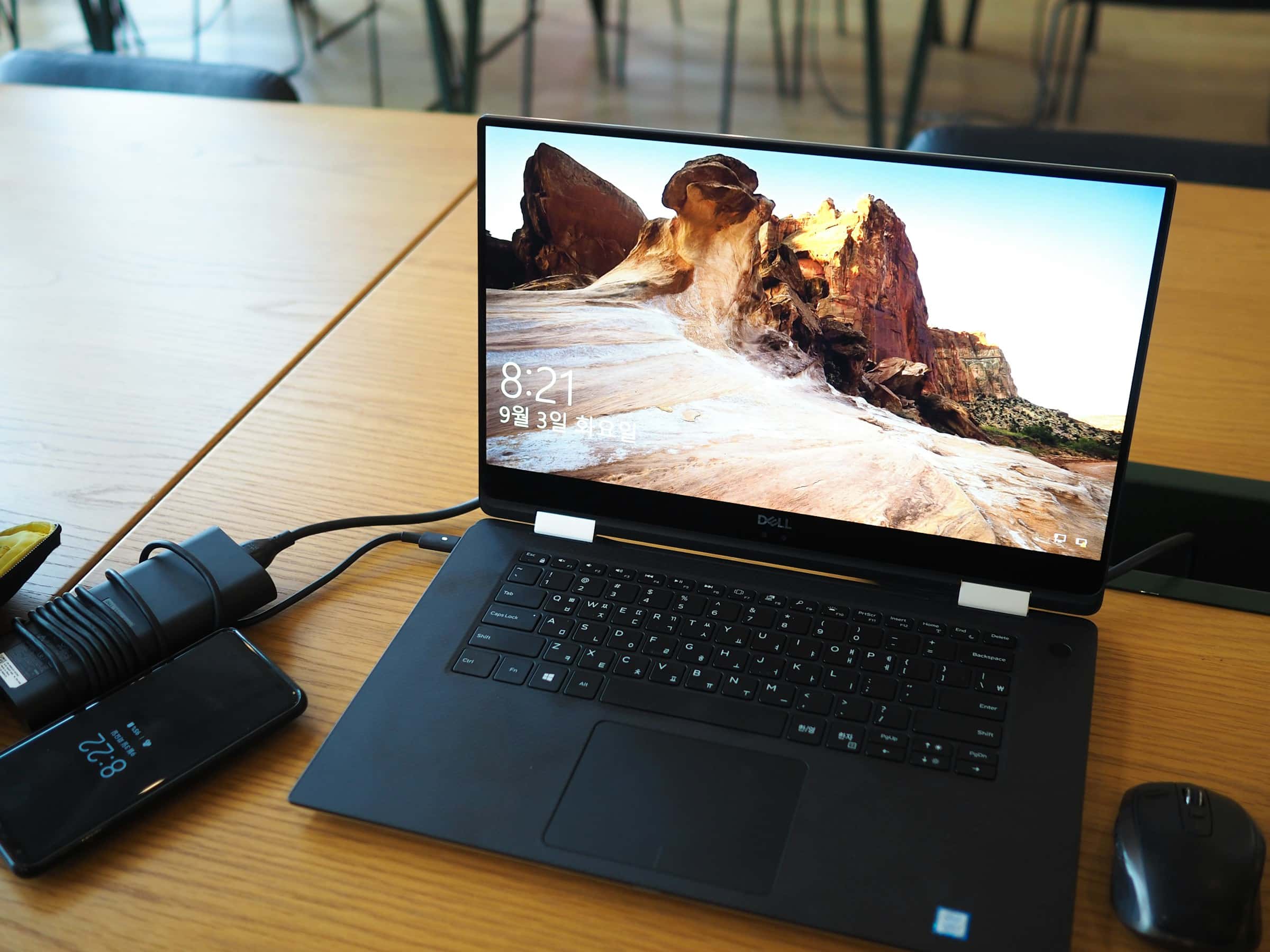What are the steps to install and configure a PCIe NVMe SSD in a Dell OptiPlex 7070 for better performance?

In the realm of modern computing, enhancing performance is crucial. One of the most effective ways to achieve this is by upgrading your Dell OptiPlex 7070 with a PCIe NVMe SSD. This article will guide you through the process step-by-step, ensuring you can install and configure your new solid state drive for optimal results. Whether you are a novice or a seasoned tech enthusiast, this comprehensive guide will help you every step of the way.
Preparing Your Dell OptiPlex 7070 for Installation
Before diving into the installation process, it's essential to prepare your system properly. This preparation involves updating the BIOS, gathering necessary tools, and understanding the internal layout of your computer.
Avez-vous vu cela : What are the best methods for setting up a multi-room audio system using Sonos and Apple HomeKit?
Updating the BIOS
Updating the BIOS is a crucial initial step. The BIOS (Basic Input/Output System) ensures your system recognizes new hardware correctly. Visit the Dell support website, locate your OptiPlex 7070, and download the latest BIOS update. Follow the on-screen instructions to complete the update. With an updated BIOS, your system can fully utilize the NVMe SSD's capabilities.
Gathering Tools and Equipment
To install the NVMe SSD, you'll need a set of tools: a screwdriver, an anti-static wrist strap, and the NVMe SSD itself. Ensuring you have quality tools at hand will make the process smoother and safer for your computer components.
Avez-vous vu cela : What are the best practices for setting up a high-end workstation for graphic design with an AMD Radeon Pro GPU?
Understanding the Internal Layout
Familiarize yourself with the internal layout of your Dell OptiPlex 7070. It's a small form factor computer, meaning space inside is optimized. Identifying key components such as the system board, RAM, and existing storage drives will make the installation process more intuitive. Refer to the Dell manual or online resources for detailed diagrams and layout instructions.
Opening Your Dell OptiPlex 7070
With preparations in place, the next step is to access the inside of the computer. This involves undoing various parts, including the side cover, and locating the port for your new SSD.
Removing the Side Cover
To begin, ensure your computer is powered off and unplugged from the power supply unit. Press the power button for a few seconds to discharge any residual electricity. Then, lay the OptiPlex on its side, remove the side cover by loosening the screws, and carefully set the cover aside. Using an anti-static wrist strap will prevent damage from static electricity.
Locating the NVMe Slot
Inside the OptiPlex 7070, locate the NVMe slot on the system board. This slot is usually situated near the RAM slots and is distinguishable by its smaller form factor compared to traditional SATA ports. Confirm the exact location by consulting your system's manual or Dell's online resources.
Removing Existing Storage
If your Dell OptiPlex already contains a storage drive, you may need to remove it. This step involves disconnecting the SATA cables and gently extracting the drive from its bay. Keep these parts safe, as you might need them for data transfer or future upgrades.
Installing the PCIe NVMe SSD
With the NVMe slot accessible, it's time to install your new solid state drive. This section will guide you through inserting the SSD and securing it properly.
Inserting the SSD
Carefully remove the NVMe SSD from its packaging. Align the SSD with the NVMe slot on the system board and gently insert it at a slight angle. Once the connector is fully inserted, press the SSD down so it lies flat against the board. Secure it with the screw provided to ensure it doesn't move.
Securing the Drive
After inserting the SSD, use the mounting screw to secure it. This step is crucial to prevent the SSD from dislodging due to vibrations or movement. Tighten the screw until the SSD is firmly in place, but be cautious not to over-tighten and damage the drive.
Connecting the Power Supply
While the NVMe SSD does not require a separate power supply connection like SATA drives, ensure all other internal components are properly connected and secure. Recheck all connections to the power supply unit, including those to the system board, RAM, and any existing storage drives.
Configuring Your System for Optimal Performance
With the NVMe SSD installed, configuring your system to recognize and utilize the new drive is the next step. This involves setting up the BIOS, installing Windows, and configuring storage settings.
Setting Up the BIOS
Restart your Dell OptiPlex 7070 and enter the BIOS setup. Usually, this is done by pressing F2 or DEL during startup. In the BIOS menu, navigate to the storage settings and ensure the NVMe SSD is recognized. Configure the SSD as the primary boot device to optimize performance. Save your settings and exit the BIOS.
Installing Windows Pro
To maximize the benefits of your new SSD, a fresh Windows Pro installation is recommended. Insert your Windows Pro installation media and restart the system. Follow the on-screen instructions to install Windows on the NVMe SSD. This clean installation will provide a fast and responsive operating system environment.
Configuring Storage Settings
Upon installing Windows, configure your storage settings for optimal performance. This includes enabling TRIM support, which helps maintain SSD performance over time. Navigate to the settings menu and enable AHCI mode if it's not already selected, as this mode optimizes SSD operations.
Enhancing Performance Post-Installation
After successfully installing and configuring your PCIe NVMe SSD, further steps can be taken to enhance your system's performance. This includes upgrading other components, optimizing software settings, and regular system maintenance.
Upgrading RAM
Consider upgrading your RAM to complement the performance boost from the SSD. The Dell OptiPlex 7070 supports DDR4 RAM, and increasing your memory capacity can significantly improve overall system responsiveness. Refer to your system manual for compatible RAM modules and installation instructions.
Adding Expansion Cards
If your OptiPlex has available expansion card slots, consider adding expansion cards to enhance functionality. Cards like dedicated graphics cards or advanced network cards can provide additional performance improvements. Ensure that these cards are compatible with your system and do not exceed the power supply unit's capacity.
Regular System Maintenance
Maintaining your system is essential for long-term performance. Regularly update your system drivers, perform disk cleanups, and defragment your storage drives. Additionally, ensure your BIOS and operating system are up-to-date to benefit from the latest performance enhancements and security patches.
By following these detailed steps, you can successfully install and configure a PCIe NVMe SSD in your Dell OptiPlex 7070. This upgrade significantly boosts system performance, providing faster boot times, enhanced data transfer rates, and overall improved computer responsiveness. Whether for everyday tasks or demanding applications, your upgraded OptiPlex will deliver stellar performance. Remember to keep your system maintained and explore further upgrades to keep your computer running at its best.
